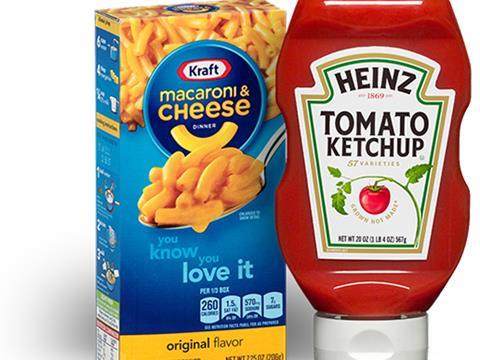
The relentless focus on the bottom line of 3G Capital and Berkshire Hathaway-owned fmcg giants is become increasingly influential in an industry struggling for volume growth.
The pair were the primary players in the global consumer goods sector last year, brokering both the merger of Kraft Foods and Heinz and AB InBev’s takeover of SABMiller.
But their influence is wider than just that of dealmaker – as the 3G Capital model has proved fmcg giants can operate just as effectively with a vastly reduced cost base.
The unwavering focus on cutting extraneous costs to the bone has driven the best margins in the sector at AB InBev as well as sustained revenue growth, while the profitability of Heinz has already been turned around under its relatively brief ownership.
The “zero-based budgeting” approach at Heinz has been pretty brutal since 3G and Berkshire Hathaway bought and delisted the food producer in February 2013.
By the end of 2014 they had reduced costs by around $400m, with 5,000 job cuts and manufacturing site closures saving around $80m. A wider company reorganisation and policy changes focussed on curbing expenses resulted in another $320m of savings.
As a result Heinz showed a 6% increase in 2014/15 from 2013/14, but the cost was a 5% drop in year-on-year revenue decline.
Under 3G it is clear that the focus has been on the bottom line before pursuing top-line growth. Heinz’ revenues have increased just 1% since 2011, compared to 6% growth over that time at Hormel Foods, 6% at General Mills and 13% at ConAgra.
However, crucially Heinz is now delivering better margins than its contemporaries since the acquisition, with profit margin increasing from 15% in 2012 and 18.2% in 2013 to 26% in 2014. Its rivals’ profit margins have risen at a far slower rate – 10.6% in 2013 to 11.4% in 2014 at Hormel, 19.4% to 19.8% at General Mills and falling to 10.7% from 14.9% at ConAgra.
The newly combined Kraft Heinz shows a similar story. Revenues are down 6%, but the combined margin of 24.6% has remained close to Heinz’ own previous 26% margin.
Since then the 3G Capital model has kicked into gear with the aim of reducing annual expenses by $1.5bn by the end of 2017. Some 4,600 job cuts have been made – with another 500 announced in December – while reductions are being made to office space, travel budgets, electricity use and even the use of business cards.
“Everyone in the food and beverage space has to be more efficient partly due to the pressure you’re seeing from 3G and ABI,” says HSBC global beverage sector head Carlos Laboy.
He points to Coca-Cola as a company that has had to change its behaviour to deal with the influence of ABI, by disposing of company owned bottling operations and reducing headcount from 123,000 to possibly as low as 20,000 by 2018 and increasing its operating margins.
Critics of the model argue that cutting to grow is a short-term fix that ignores longer term pressures. A company cannot cut indefinitely and at some point has to invest in a strategy to achieve sustainable growth of sales, not just profits.
But 3G/Berkshire Hathaway can point to AB InBev as a global fmcg giant that has achieved both.
In the first year after the creation of AB InBev in 2008 revenues dropped 14% to $33.9bn as it slashed costs by more than $2.25bn, including 1,400 job cuts in that first year.
However, after that first year revenues rose each year to a peak of $47.1bn in 2014, before dropping back 7% to $43.6bn largely as a result of currency weakness of the Brazilian real, Mexican Peso and Euro.
It has achieved positive organic growth in each year since the merger, increasing its annual organic growth rate from 5.9% in 2014 to 6.3% last year.
During that time AB InBev established industry leading profitability (see below). Margins improved from 30.8% in 2008 to 39.4% in 2014 before dipping back to 38.5% last year.
| 2015 Revenues | Growth | EBITDA margin | |
|---|---|---|---|
| AB InBev | $43.6bn | -7% | 38.6% |
| SABMiller | $22.1bn | -1% | 30.2% |
| Heineken | $22.8bn | -11% | 23.6% |
| Carlsberg | $9.7bn | -15% | 20.4% |
SABMiller had an EBITDA margin of 30.2% in 2015 and it seems inevitable the “zero-based budgeting” treatment will boost that once the merger is complete.
“A lot of these global fmcg companies have become a bit lethargic, bureaucratic or stuck in the mud, adding costs to their businesses,” says Liberum consumer goods analysts Robert Waldschmidt. “So ripping out some of those costs makes sense – and it’s now happening across the board, not just at 3G Capital owned companies.
He adds: “There is an effort to try to strip out costs where they don’t make sense, but at the same time to retain the ability to be nimble and proactive at a local level.”
OC&C head of consumer goods Will Hayllar adds that the 3G model will continue to be influential through the industry. “The big margin increases are causing investors at other companies to ask questions over costs and pressurise other global players on whether they really need all the resource they currently have,” he says.










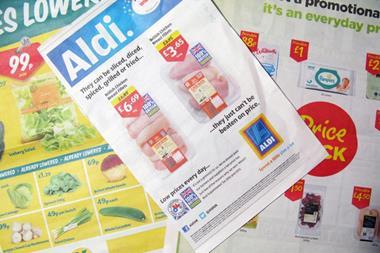
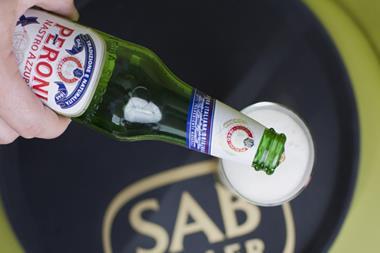
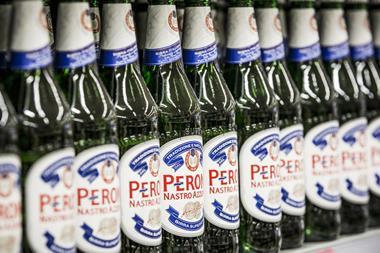

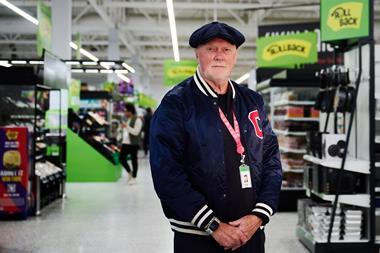




No comments yet